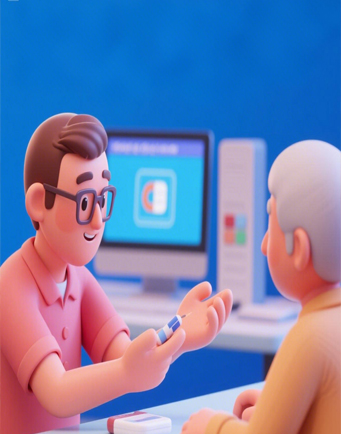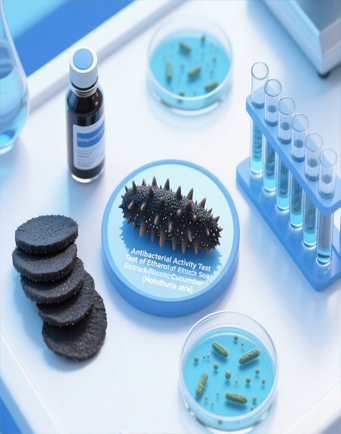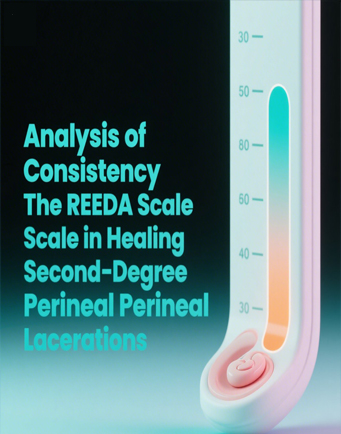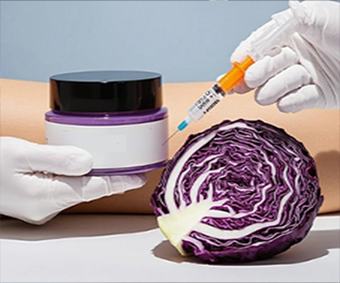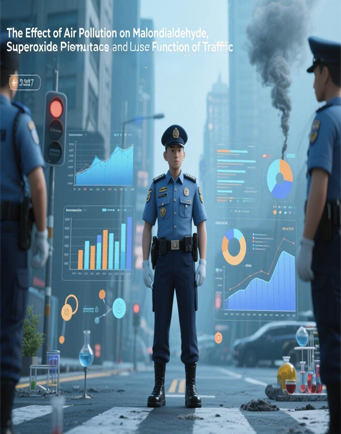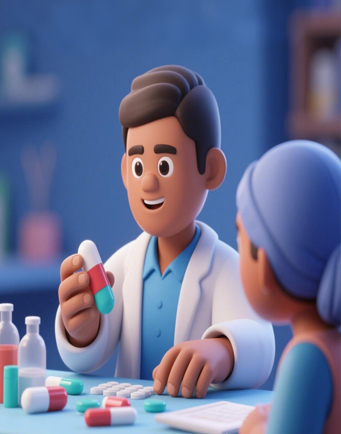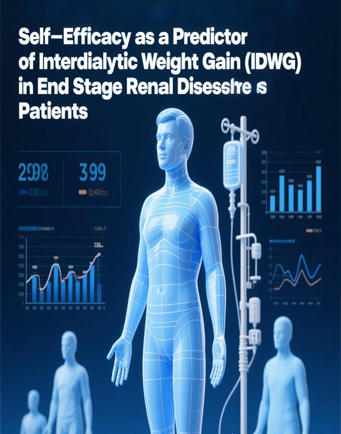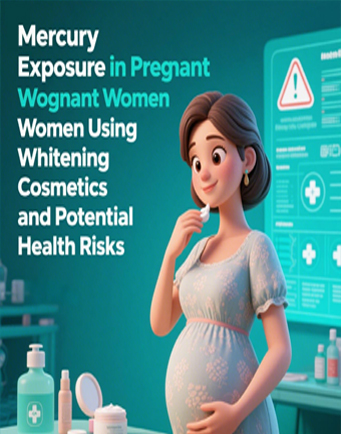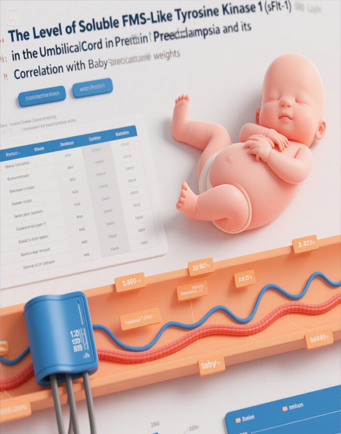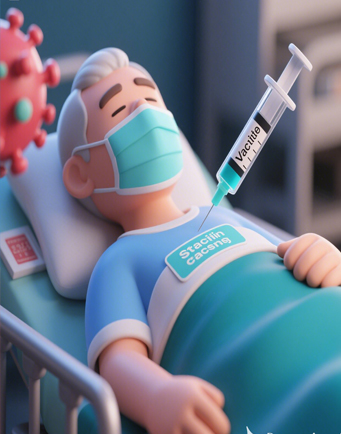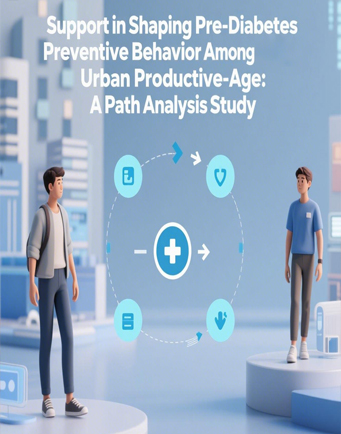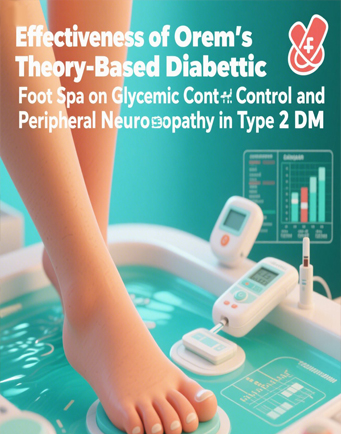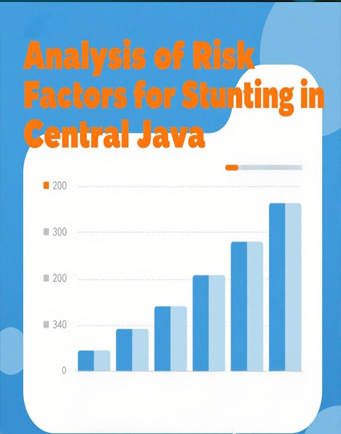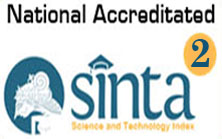Filtration Tube Model Utilizing Coconut Husk for Domestic Wastewater Treatment: Oil Removal Method

Downloads
The presence of oil and fat in household wastewater is a significant water pollutant, as it is typically disposed of without prior treatment. Coconut husks are a promising material that can be used as a filter medium. This study aimed to evaluate the effectiveness of coconut fiber filtration in the treatment of domestic wastewater. The study employed a quasi-experimental design with pre- and post-tests but no control group. Wastewater was passed through tubs filled with coconut husk. Three different filtration tub models were tested: Model A single baffle, Model B with three baffles, and Model C with no baffle. Oil content was monitored on the 3rd, 7th, 14th, 21st, and 28th days in milligrams per liter. A Kruskal-Wallis and Mann-Whitney test was conducted to compare the results of oil content reduction between filter models. The results revealed significant differences in the mean oil content reduction among the various tub models. The percentage of oil reduction reaches 95-99%. Furthermore, the Mann-Whitney test showed no significant difference between Models A and C. However, considerable differences were identified between Models A and C, as well as between Models B and C. In conclusion, this study provides evidence of the effectiveness of coconut husk filters in reducing oil levels, with nearly the maximum observed reduction achieved by the 28th day. Additionally, it is recommended to explore the long-term sustainability and potential applications of coconut husk filters in various oil removal scenarios.
Abuhasel, K., Kchaou, M., Alquraish, M., Munusamy, Y., & Jeng, Y. T. (2021). Oily wastewater treatment: overview of conventional and modern methods, challenges, and future opportunities. Water, 13(7), 980. https://doi.org/10.3390/w13070980
Adetunji, A. I., & Olaniran, A. O. (2021). Treatment of industrial oily wastewater by advanced technologies: a review. Applied Water Science, 11(6), 98. https://doi.org/10.1007/s13201-021-01430-4
Ahmed, E., Zeitoun, A., Hamad, G., Zeitoun, M. A., Taha, A., Korma, S. A., & Esatbeyoglu, T. (2022). Lignocellulosic biomasses from agricultural wastes improved the quality and physicochemical properties of frying oils. Foods, 11(19), 3149. https://doi.org/10.3390/foods11193149
Ajien, A., Idris, J., Md Sofwan, N., Husen, R., & Seli, H. (2023). Coconut shell and husk biochar: A review of production and activation technology, economic, financial aspect and application. Waste Management & Research, 41(1), 37-51. https://doi.org/10.1177/0734242X221127167
Anis, S. F., Hashaikeh, R., & Hilal, N. (2019). Microfiltration membrane processes: A review of research trends over the past decade. Journal of Water Process Engineering, 32, 100941. https://doi.org/10.1016/j.jwpe.2019.100941
Asadu, C. O., Anthony, E. C., Elijah, O. C., Ike, I. S., Onoghwarite, O. E., & Okwudili, U. E. (2021). Development of an adsorbent for the remediation of crude oil polluted water using stearic acid grafted coconut husk (Cocos nucifera) composite. Applied Surface Science Advances, 6, 100179. https://doi.org/10.1016/j.apsadv.2021.100179
Blasi, A., Verardi, A., Lopresto, C. G., Siciliano, S., & Sangiorgio, P. (2023). Lignocellulosic agricultural waste valorization to obtain valuable products: An overview. Recycling, 8(4), 61. https://doi.org/10.3390/recycling8040061
BPS. (2021). Population by Region, Urban/Rural Areas. Jakarta: BPS Retrieved from: https://sensus.bps.go.id/topik/tabular/sp2022/187/0/0
de Oliveira Cruz, L. M., Gomes, B. G. L. A., Tonetti, A. L., & Figueiredo, I. C. S. (2019). Using coconut husks in a full-scale decentralized wastewater treatment system: the influence of an anaerobic filter on maintenance and operational conditions of a sand filter. Ecological engineering, 127, 454-459. https://doi.org/10.1016/j.ecoleng.2018.12.021
Dziubak, T. (2022). Experimental studies of powercore filters and pleated filter baffles. Materials, 15(20), 7292. https://doi.org/10.3390/ma15207292
FAO. (2021). AQUASTAT database. FAO. Retrieved from: https://data.apps.fao.org/aquastat/?lang=en
Kasmuri, N., Dzulkifli, N. F. M., Ismail, N. A., Zaini, N., & Yaacob, Z. (2022). An investigation of a mixture of coconut husk and rice husk as activated carbon for treatment of wastewater. IOP Conference Series: Earth and Environmental Science, 1019(1), 012048. https://doi.org/10.1088/1755-1315/1019/1/012048
Krasiński, A., Kamocki, S., & Stor, M. (2024). Blocking of Gas–Liquid Coalescing Filters with Accumulated Oil during the On–Off Operation of a Filtration System. Applied Sciences, 14(19), 9006. https://doi.org/10.3390/app14199006
Lehtonen, J., Chen, X., Beaumont, M., Hassinen, J., Orelma, H., Dumée, L. F., ... & Rojas, O. J. (2021). Impact of incubation conditions and post-treatment on the properties of bacterial cellulose membranes for pressure-driven filtration. Carbohydrate Polymers, 251, 117073. https://doi.org/10.1016/j.carbpol.2020.117073
Mariana, M., Mulana, F., Sofyana, S., Dian, N. P., & Lubis, M. R. (2019). Characterization of adsorbent derived from Coconut Husk and Silica (SiO2). IOP Conference Series: Materials Science and Engineering, 523 (1), 012022. https://doi.org/10.1088/1757-899X/523/1/012022
Medeiros, A. D. L. M. D., Silva Junior, C. J. G. D., Amorim, J. D. P. D., Durval, I. J. B., Costa, A. F. D. S., & Sarubbo, L. A. (2022). Oily wastewater treatment: methods, challenges, and trends. Processes, 10(4), 743. https://doi.org/10.3390/pr10040743
Ministry of Housing and Urban Affairs. (2017). Chapter-8 Part A: Engineering Design Water Treatment. Ministry of Housing and Urban Affairs. Retrieved from: https://mohua.gov.in/upload/uploadfiles/files/Part-A-Chapter-8-Water-Treatment.pdf
Mirsalami, S. M., & Mirsalami, M. (2024). Investigation of oil biodegradation using expanded zeolite infused with oil-consuming microorganisms. Environmental Advances, 16, 100551. https://doi.org/10.1016/j.envadv.2024.100551
Mo, X. X., Yin, N., & Liu, F. J. (2021). Preparation of Different Scale Fibrous Membranes and their Filtration Properties. Thermal Science, 25, 1453–1459. https://doi.org/10.2298/TSCI200103046M
Mujtaba, M., Fraceto, L. F., Fazeli, M., Mukherjee, S., Savassa, S. M., de Medeiros, G. A., ... & Vilaplana, F. (2023). Lignocellulosic biomass from agricultural waste to the circular economy: a review with focus on biofuels, biocomposites and bioplastics. Journal of cleaner production, 402, 136815. https://doi.org/10.1016/j.jclepro.2023.136815
Parameswaran, P. S., Ravindranath, A. D., & Sarma, U. S. (2019). Coir pith–a medium for oil absorption. CORD, 35(1), 21-33.
Ritt, C. L., Stassin, T., Davenport, D. M., DuChanois, R. M., Nulens, I., Yang, Z., ... & Verbeke, R. (2022). The open membrane database: Synthesis–structure–performance relationships of reverse osmosis membranes. Journal of Membrane Science, 641, 119927. https://doi.org/10.1016/j.memsci.2021.119927
Sabeen, A. H., Noor, Z. Z., Ngadi, N., Almuraisy, S., & Raheem, A. B. (2018). Quantification of environmental impacts of domestic wastewater treatment using life cycle assessment: a review. Journal of Cleaner Production, 190, 221-233. https://doi.org/10.1016/j.jclepro.2018.04.053
Salaenoi, J., Jurejan, N., Yokthongwattana, C., Pluempanupat, W., & Boonprab, K. (2024). Characteristics of coconut husk cellulose and its effectiveness as a potassium permanganate absorbent for fishery applications. Case Studies in Chemical and Environmental Engineering, 10, 100975. https://doi.org/10.1016/j.cscee.2024.100975
Samuel, O., Othman, M. H. D., Kamaludin, R., Kurniawan, T. A., Li, T., Dzinun, H., & Imtiaz, A. (2022). Treatment of oily wastewater using photocatalytic membrane reactors: A critical review. Journal of Environmental Chemical Engineering, 10(6), 108539. https://doi.org/10.1016/j.jece.2022.108539
Setyowati, E., & Indasah, I. (2021). Optimization of Local Materials in the Water Purification System as an Effort to Reduce Iron Content in Water Sources “Sumber Lestari” in the Manduro Village, Jombang District. Journal for Quality in Public Health, 4(2), 136–142. https://doi.org/10.30994/jqph.v4i2.201
Singh, C. J., Mukhopadhyay, S., & Rengasamy, R. S. (2022). Fibrous coalescence filtration in treating oily wastewater: A review. Journal of Industrial Textiles, 51(3_suppl), 3648S-3682S. https://doi.org/10.1177/15280837211040863
Taylor, T. S., Appiah-Effah, E., Akodwaa-Boadi, K., Obeng, E., & Ofei-Quartey, M. N. L. (2023). Engineered column treatment of greywater using raw and pyrolyzed coconut husk powder. Frontiers in Environmental Science, 11, 1077379. https://doi.org/10.3389/fenvs.2023.1077379
Wei, M., Fan, Y., Luo, L., & Flamant, G. (2017). Design and optimization of baffled fluid distributor for realizing target flow distribution in a tubular solar receiver. Energy, 136, 126–134. https://doi.org/doi.org/10.1016/j.energy.2016.04.016
Widyarani, Wulan, D. R., Hamidah, U., Komarulzaman, A., Rosmalina, R. T., & Sintawardani, N. (2022). Domestic wastewater in Indonesia: generation, characteristics and treatment. Environmental Science and Pollution Research, 29(22), 32397-32414. https://doi.org/10.1007/s11356-022-19057-6
World Bank. (2018). Water Scarce Cities: Thriving in a Finite World. World Bank. Retrieved from: www.worldbank.org/water
Zahur-Uz-Zaman, Md., Anjum, N., Dey, S., & Zakir, H. M. (2023). An Investigation of the Effectiveness of Recycled Coconut Fiber and Rice Husk as Filter Media for Wastewater Treatment. Journal of Global Ecology and Environment, 30–39. https://doi.org/10.56557/jogee/2023/v17i38189
Zulfikar, Z., Nasrullah, N., Kartini, K., & Aditama, W. (2022). Effect of Hydraulic Retention Time on the Levels of Biochemical Oxygen Demand and Total Suspended Solid with Simple Integrated Treatment as an Alternative to Meet the Household Needs for Clean Water. Open Access Macedonian Journal of Medical Sciences, 10, 6–11. https://doi.org/10.3889/oamjms.2022.7828
Copyright (c) 2025 JURNAL INFO KESEHATAN

This work is licensed under a Creative Commons Attribution-NonCommercial-ShareAlike 4.0 International License.
Copyright notice
Ownership of copyright
The copyright in this website and the material on this website (including without limitation the text, computer code, artwork, photographs, images, music, audio material, video material and audio-visual material on this website) is owned by JURNAL INFO KESEHATAN and its licensors.
Copyright license
JURNAL INFO KESEHATAN grants to you a worldwide non-exclusive royalty-free revocable license to:
- view this website and the material on this website on a computer or mobile device via a web browser;
- copy and store this website and the material on this website in your web browser cache memory; and
- print pages from this website for your use.
- All articles published by JURNAL INFO KESEHATAN are licensed under the Creative Commons Attribution 4.0 International License. This permits anyone to copy, redistribute, remix, transmit and adapt the work provided the original work and source is appropriately cited.
JURNAL INFO KESEHATAN does not grant you any other rights in relation to this website or the material on this website. In other words, all other rights are reserved.
For the avoidance of doubt, you must not adapt, edit, change, transform, publish, republish, distribute, redistribute, broadcast, rebroadcast or show or play in public this website or the material on this website (in any form or media) without appropriately and conspicuously citing the original work and source or JURNAL INFO KESEHATAN prior written permission.
Permissions
You may request permission to use the copyright materials on this website by writing to jurnalinfokesehatan@gmail.com.
Enforcement of copyright
JURNAL INFO KESEHATAN takes the protection of its copyright very seriously.
If JURNAL INFO KESEHATAN discovers that you have used its copyright materials in contravention of the license above, JURNAL INFO KESEHATAN may bring legal proceedings against you seeking monetary damages and an injunction to stop you using those materials. You could also be ordered to pay legal costs.
If you become aware of any use of JURNAL INFO KESEHATAN copyright materials that contravenes or may contravene the license above, please report this by email to jurnalinfokesehatan@gmail.com
Infringing material
If you become aware of any material on the website that you believe infringes your or any other person's copyright, please report this by email to jurnalinfokesehatan@gmail.com.


